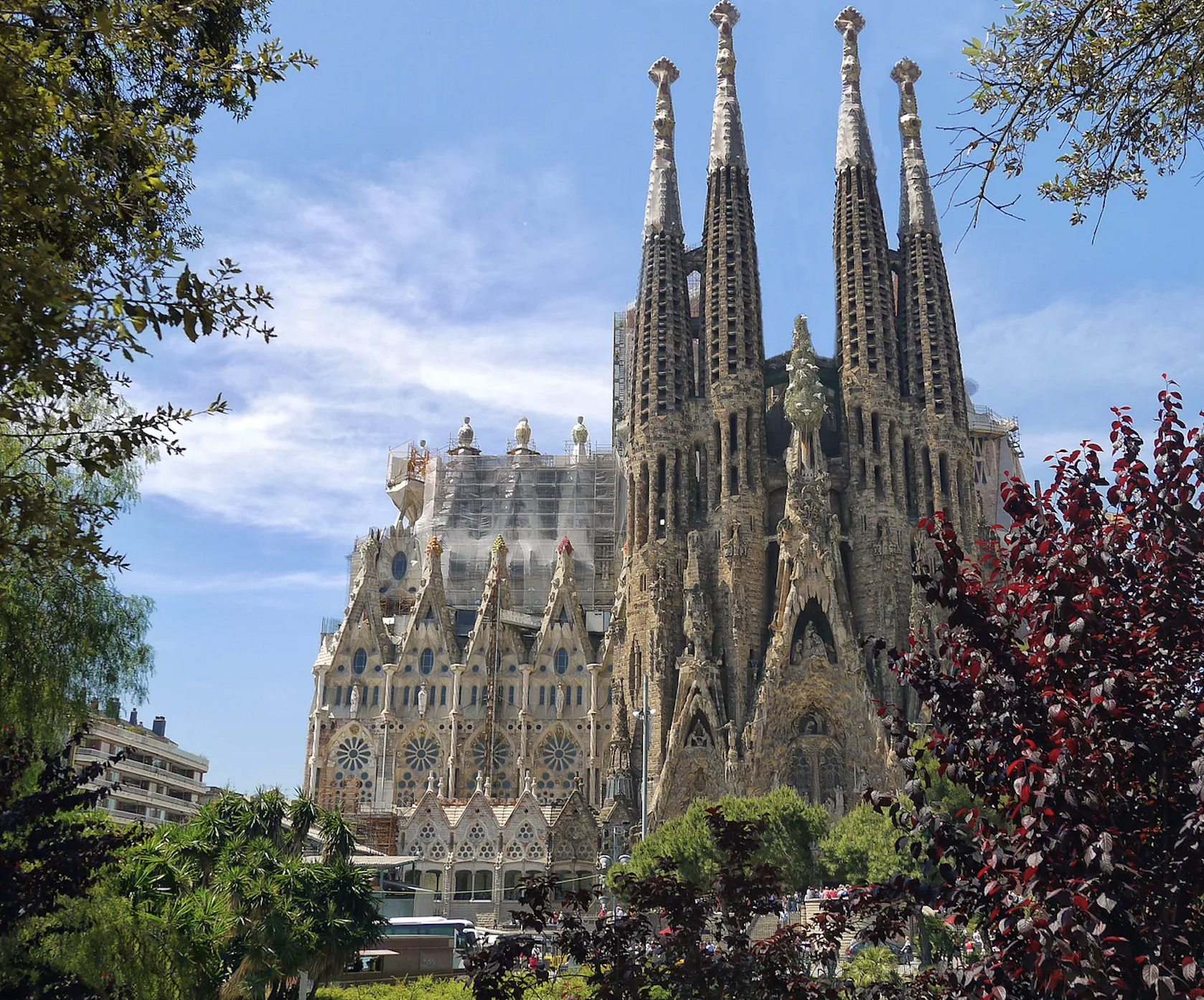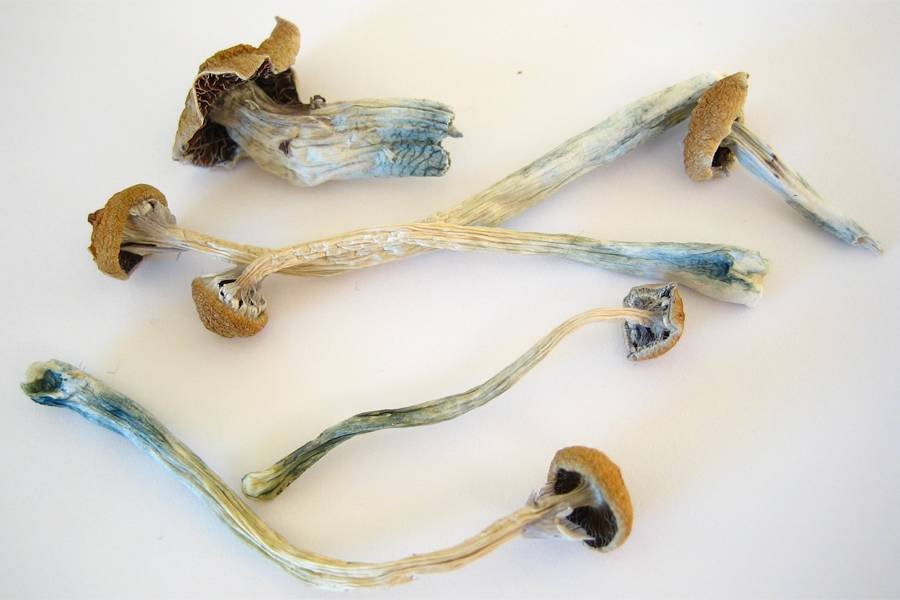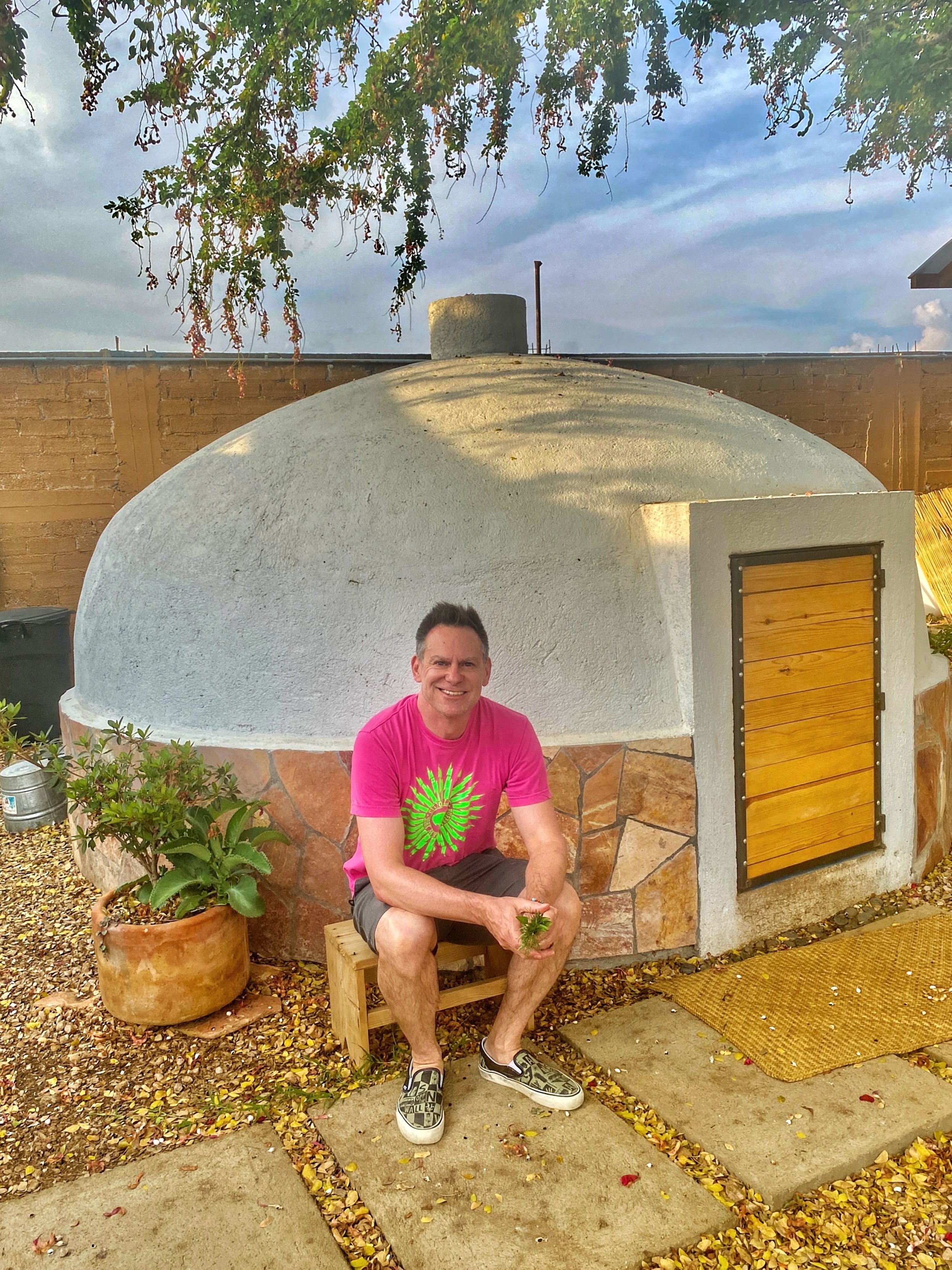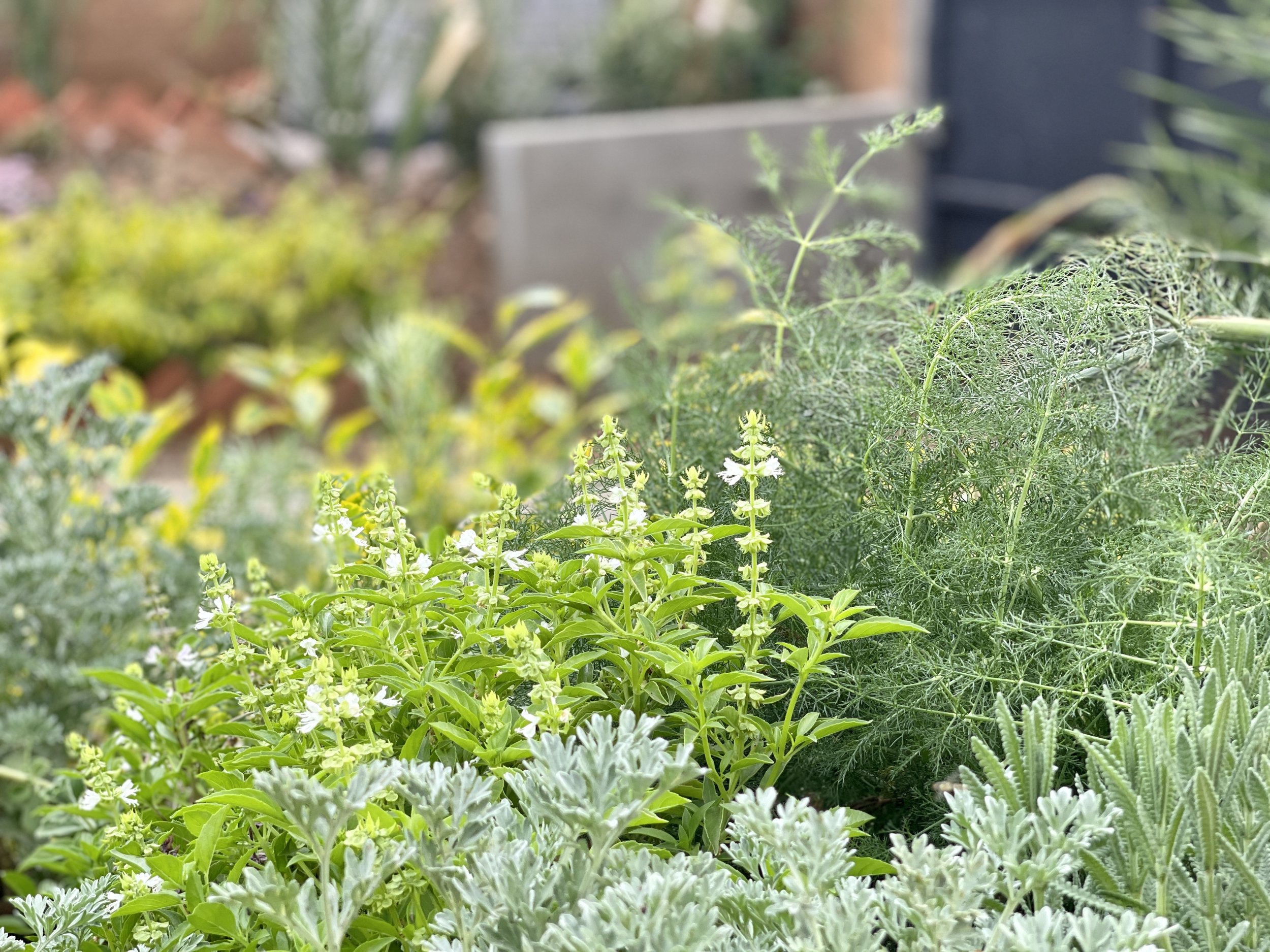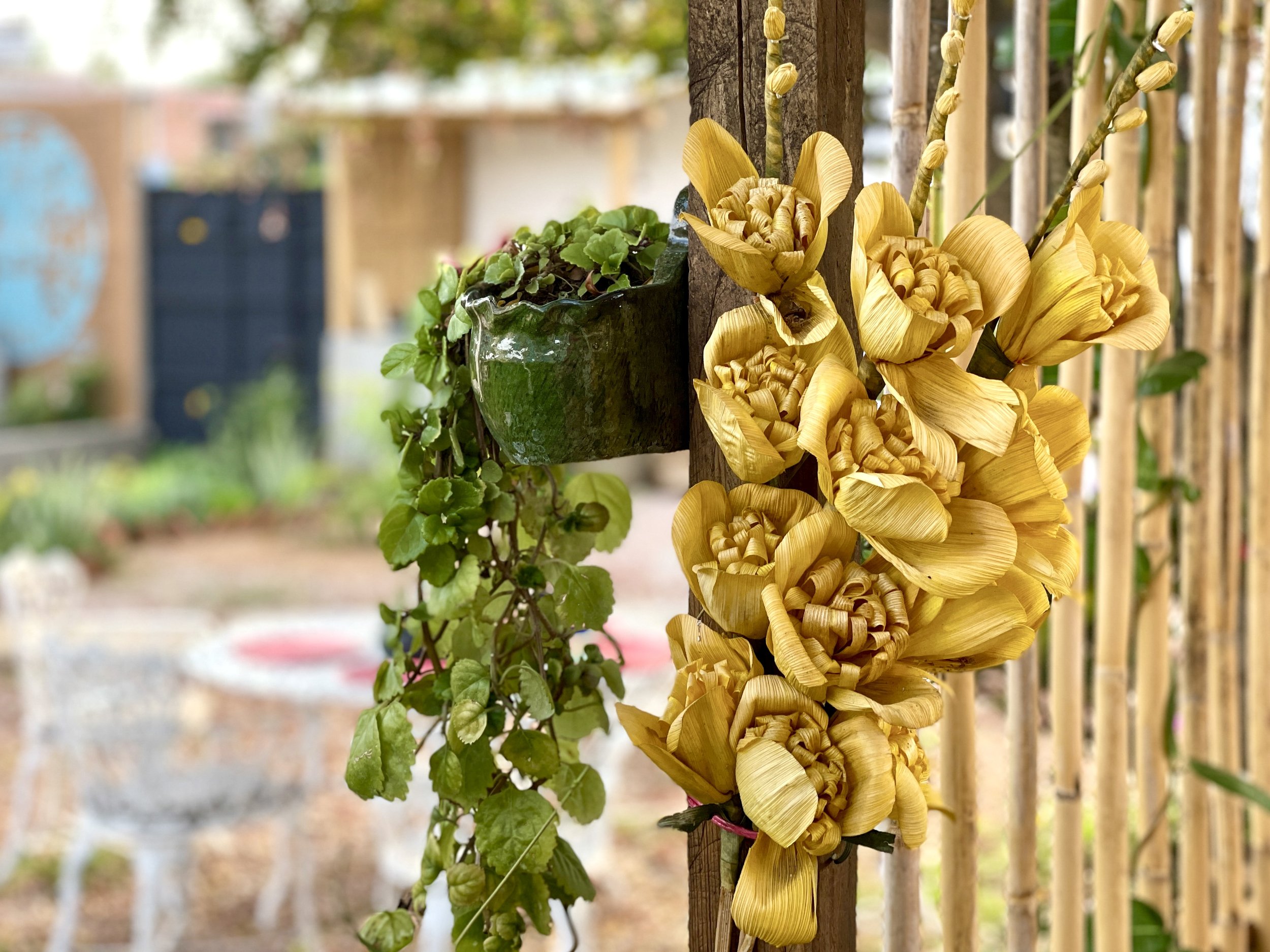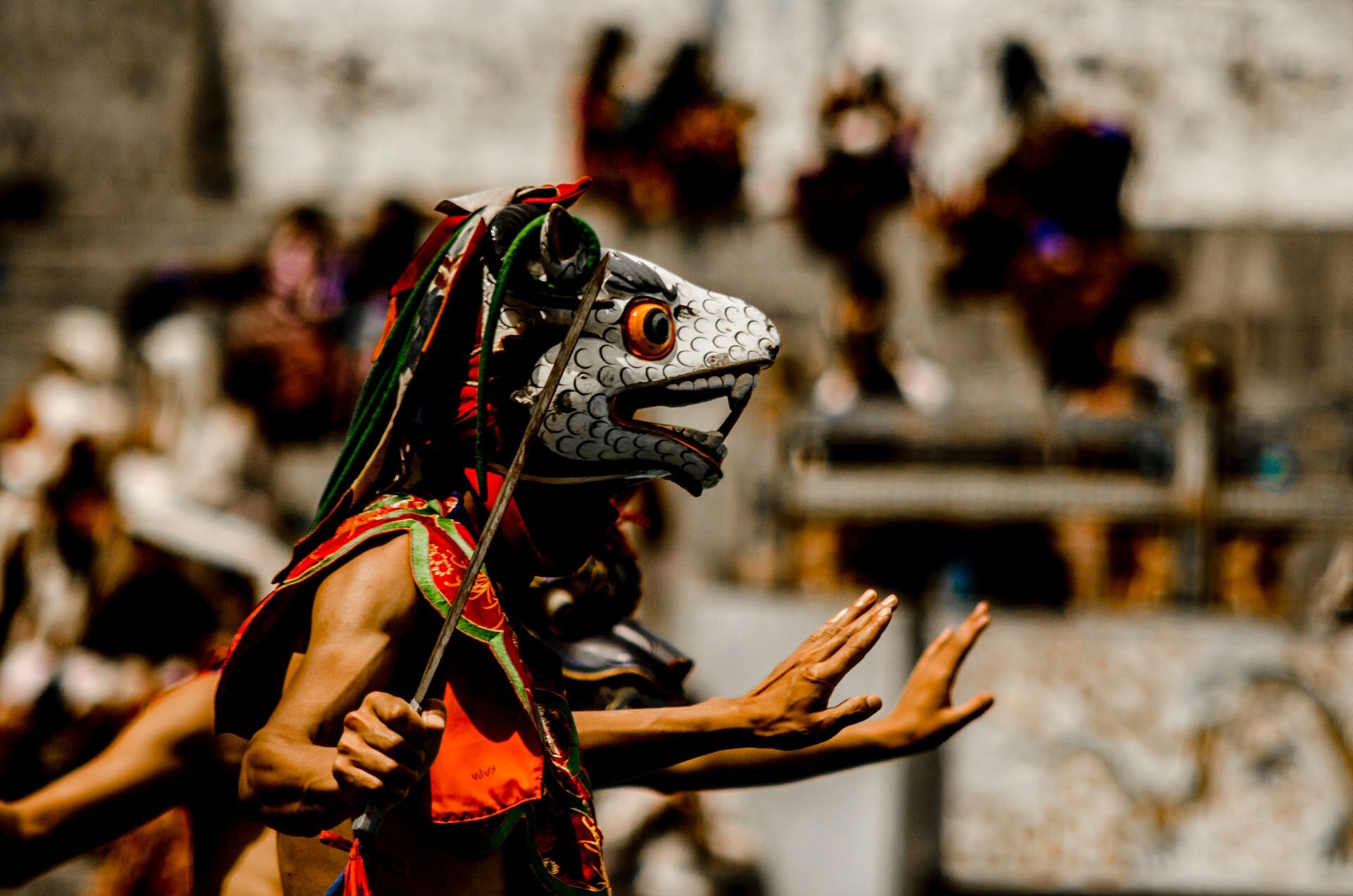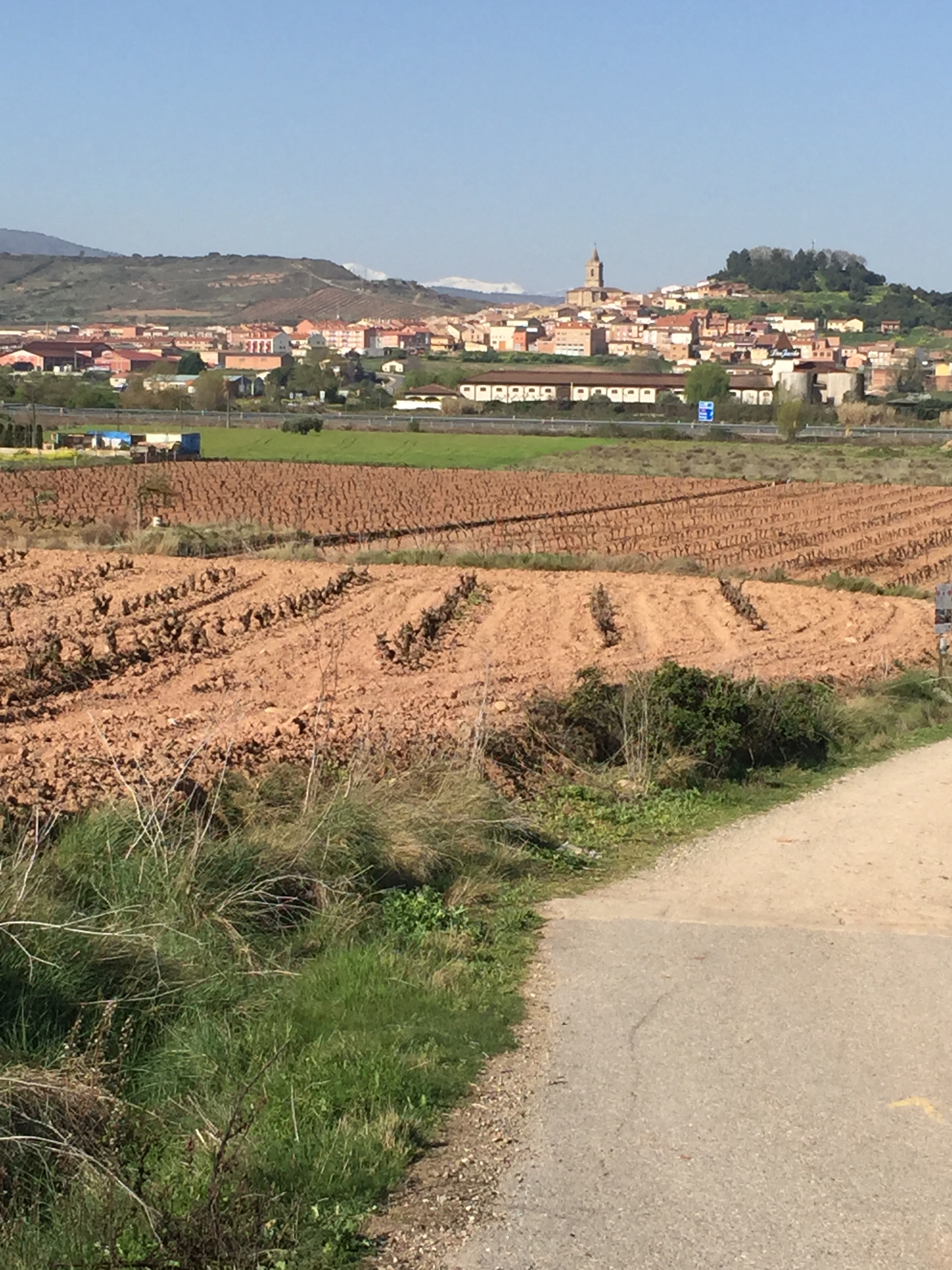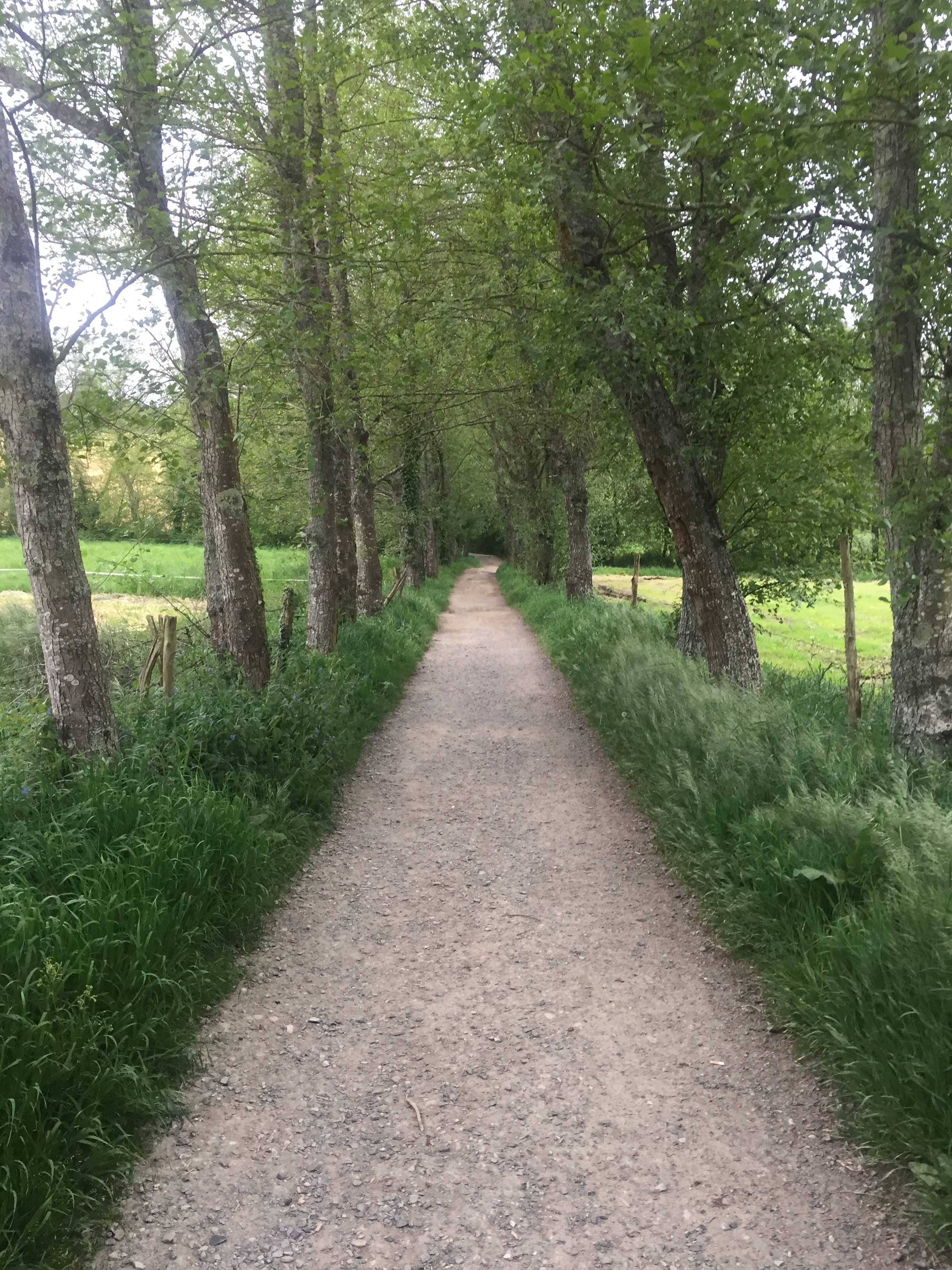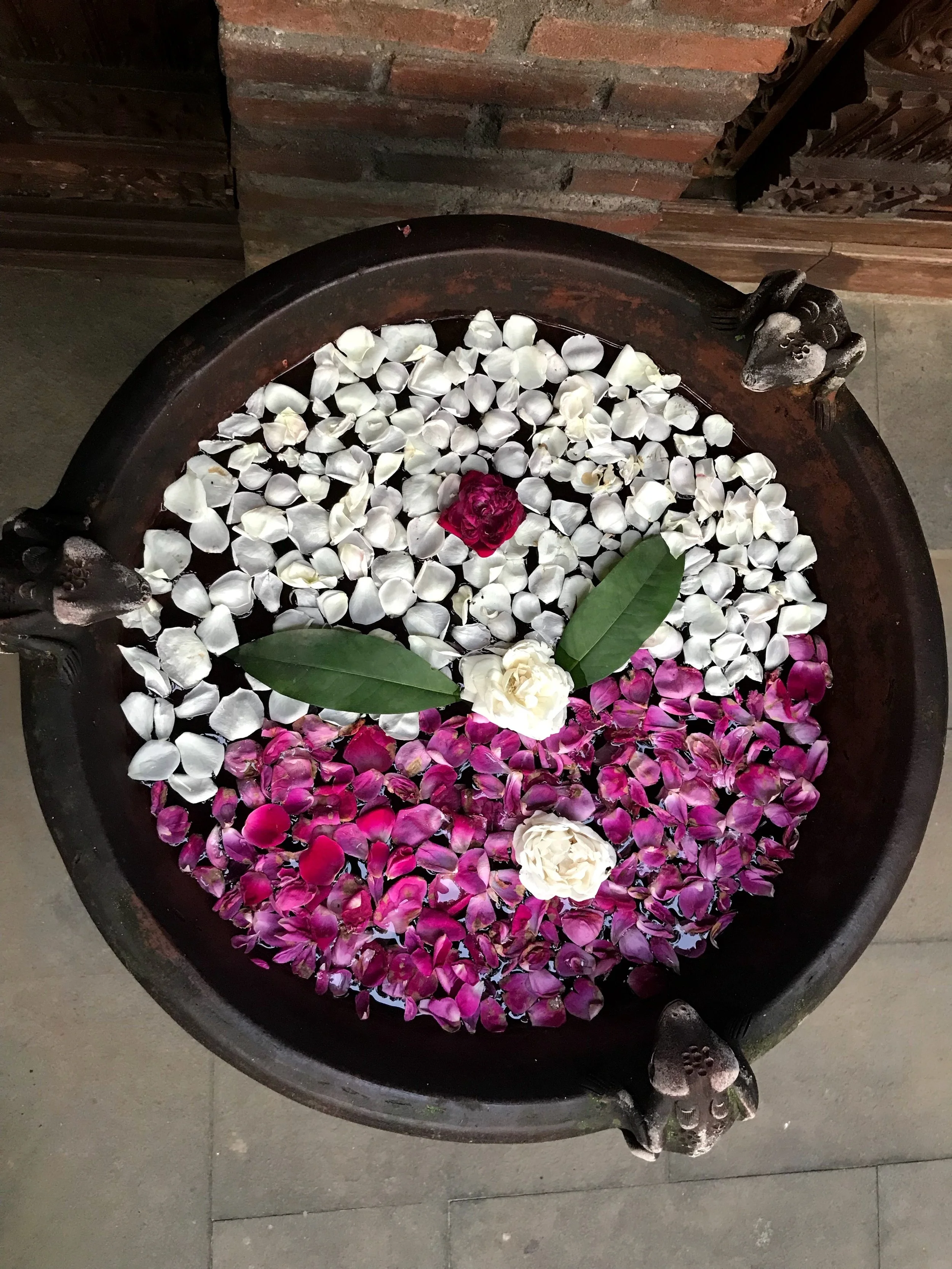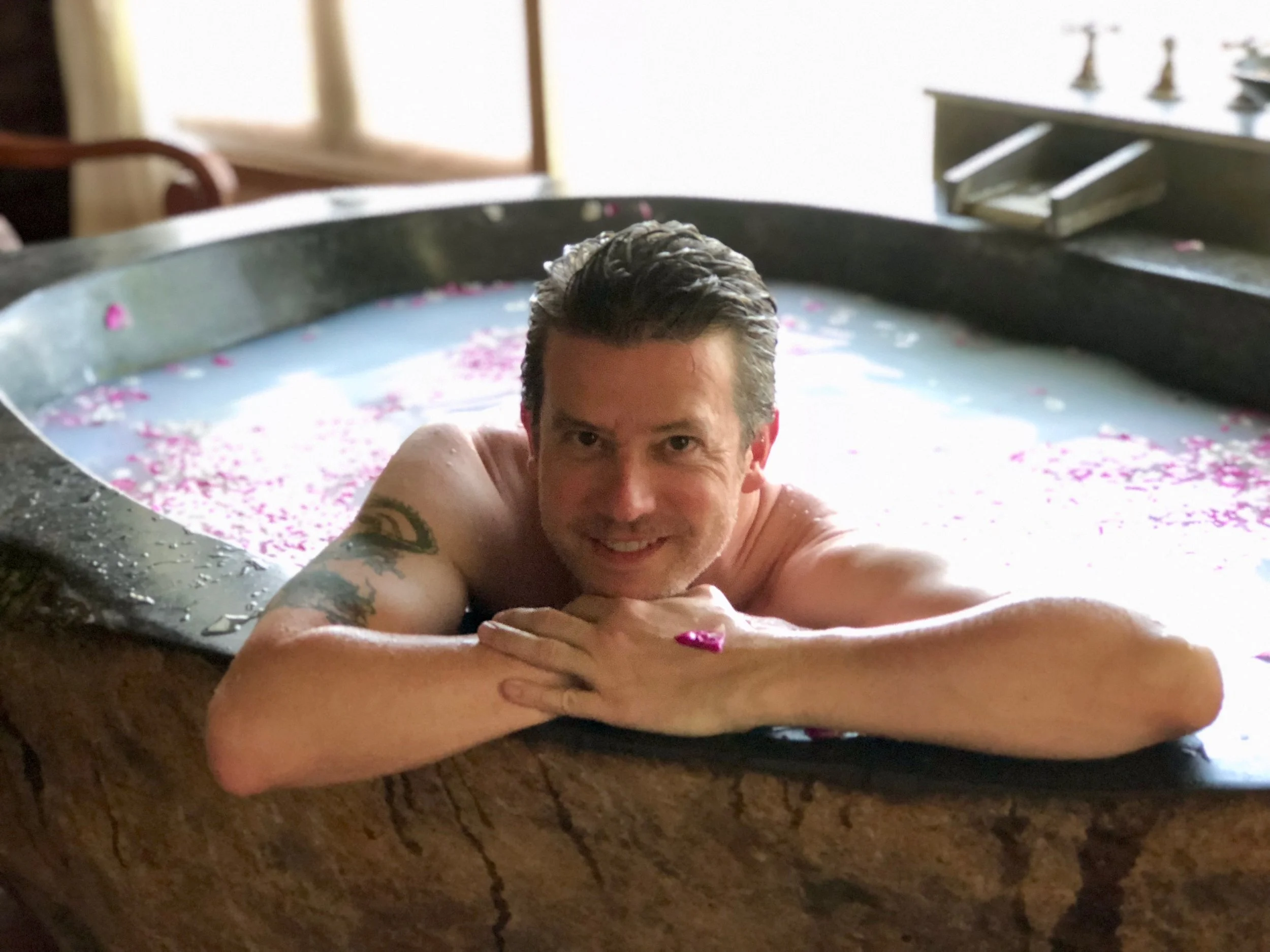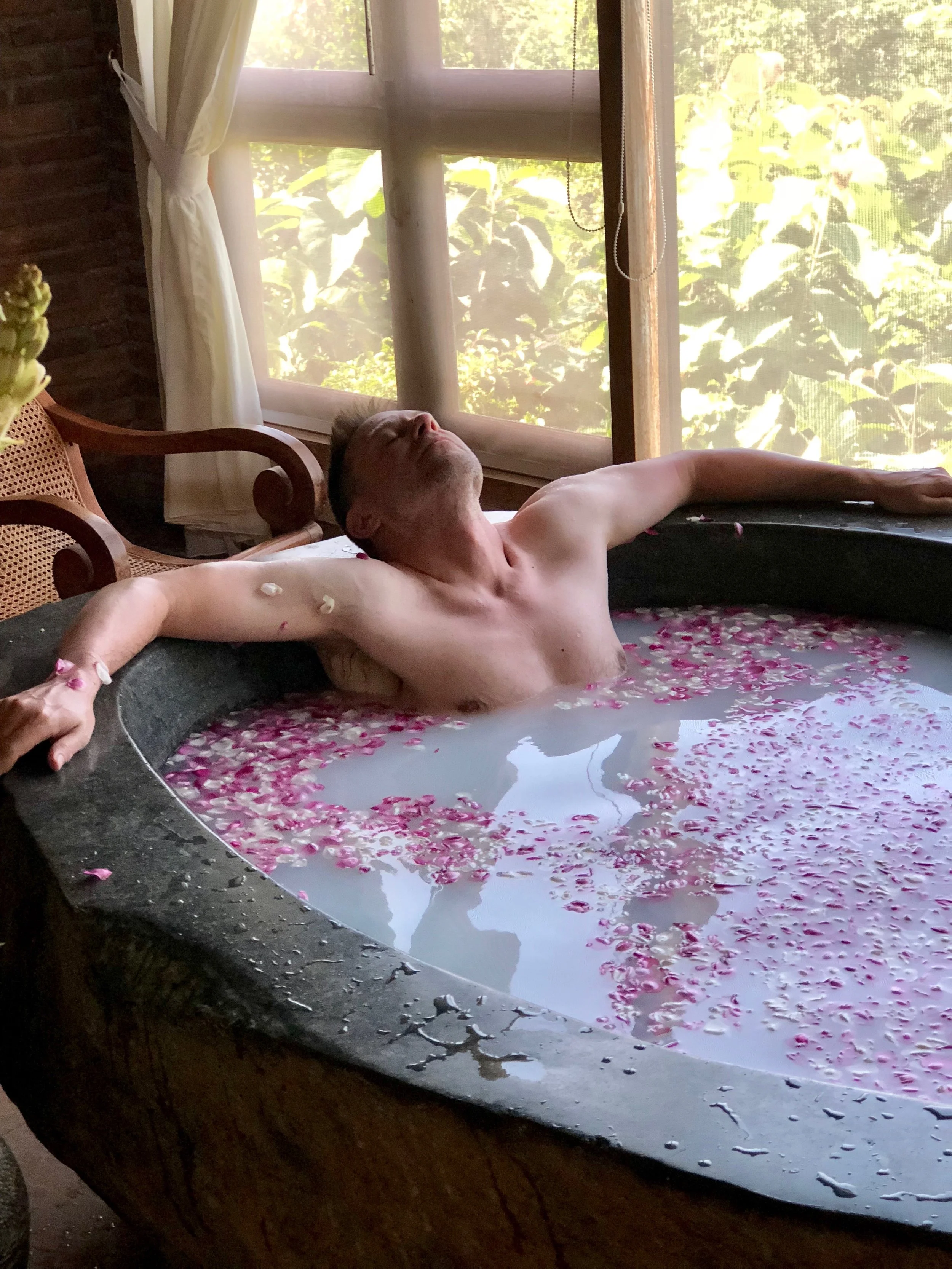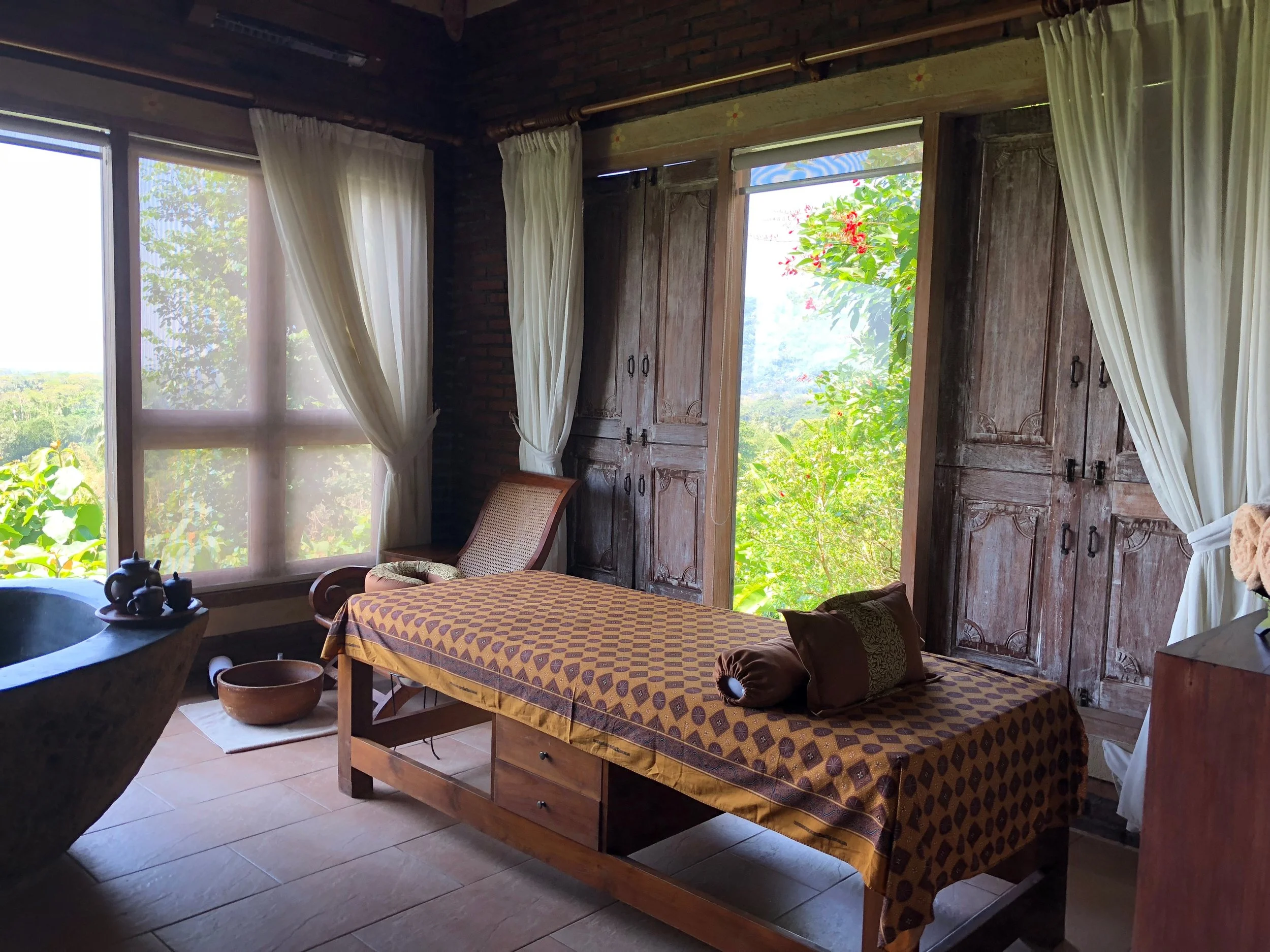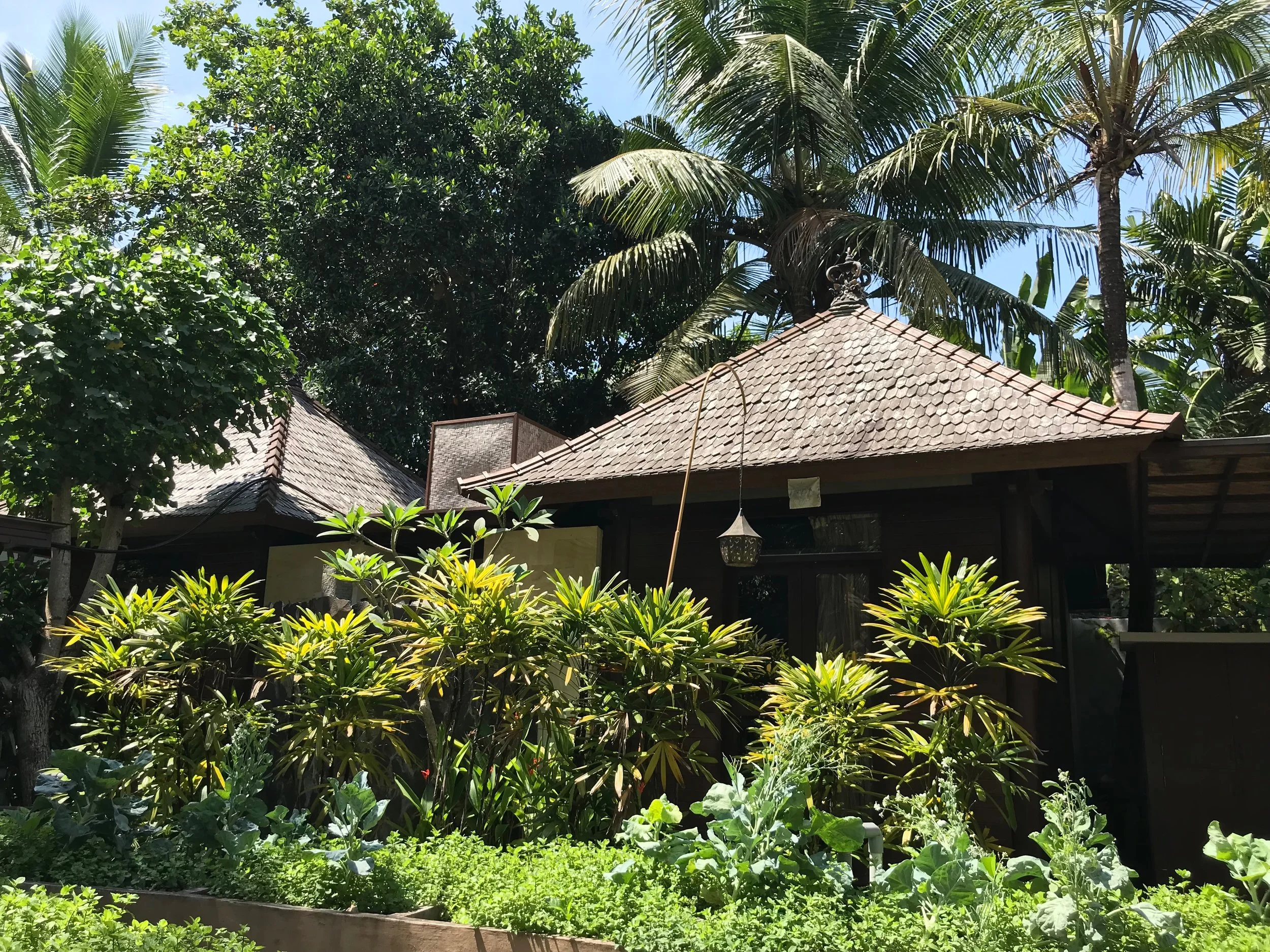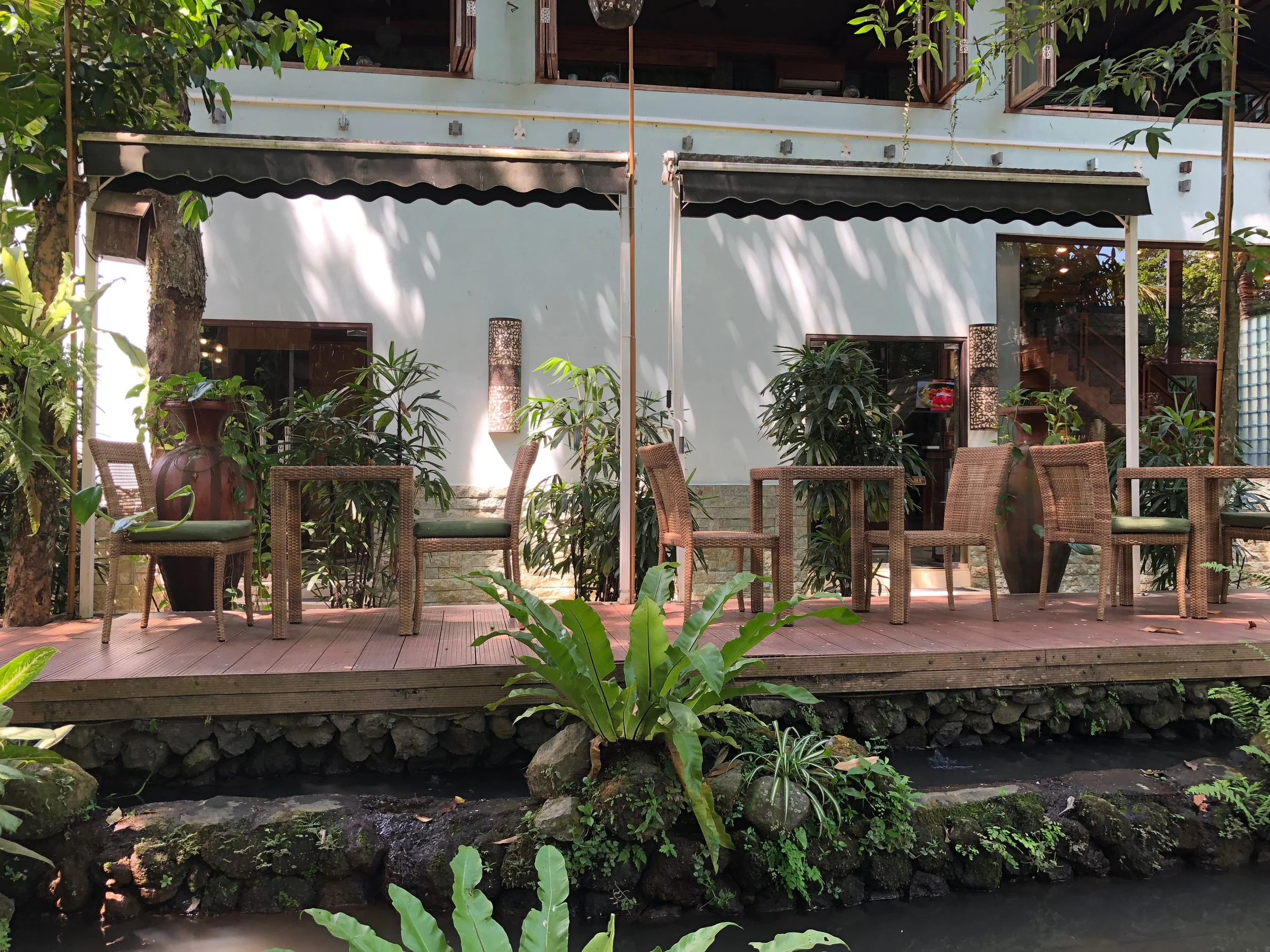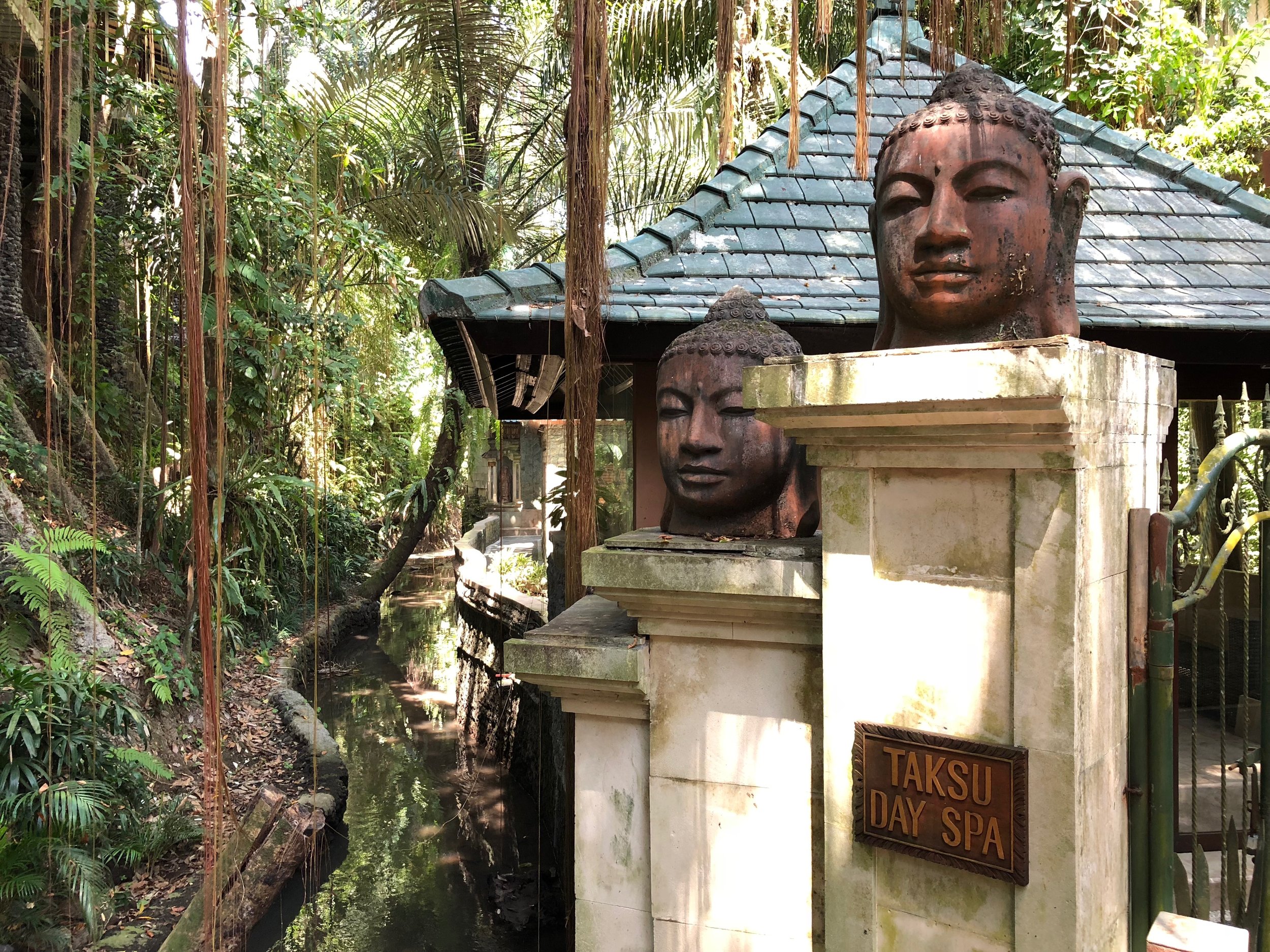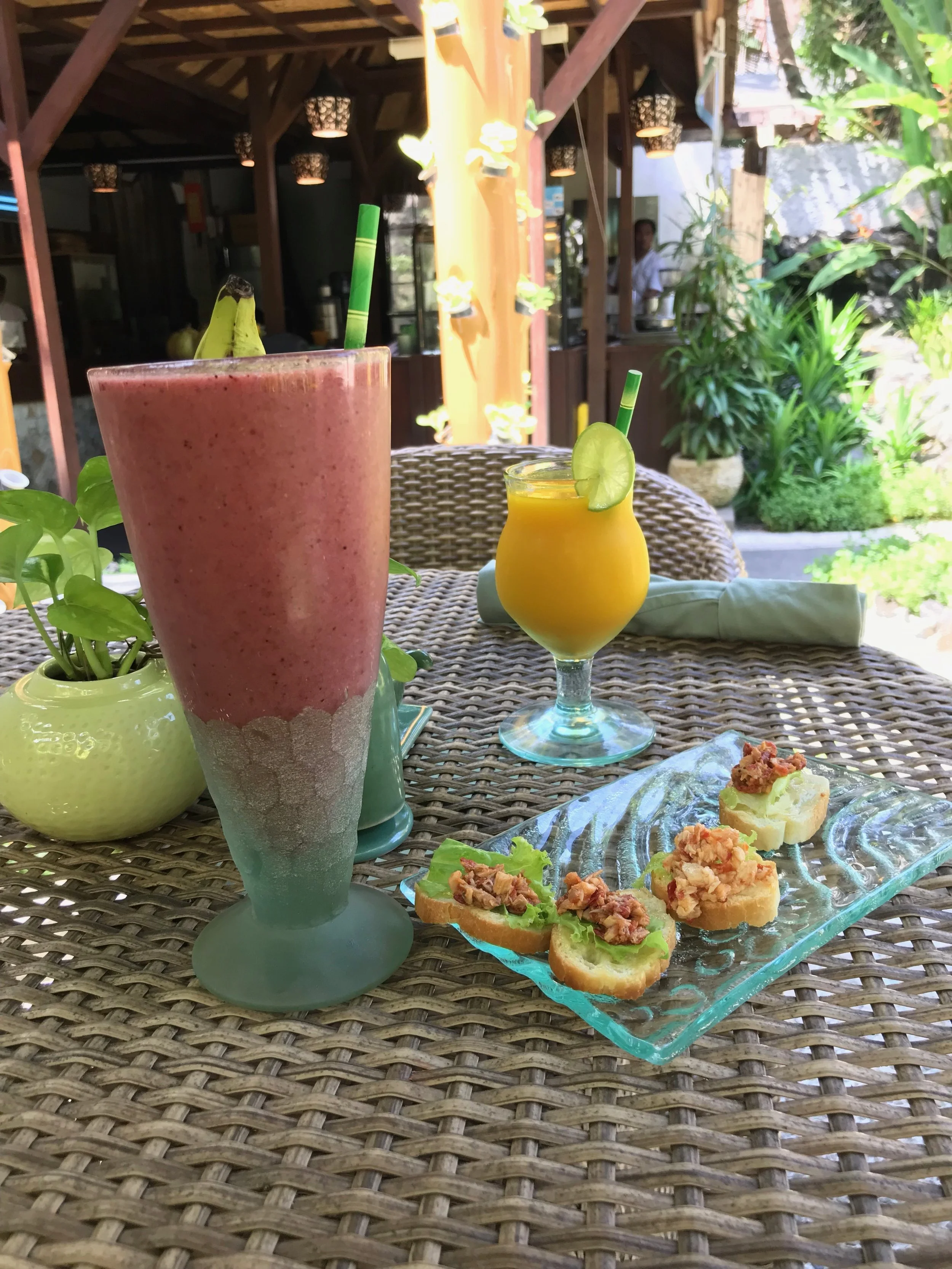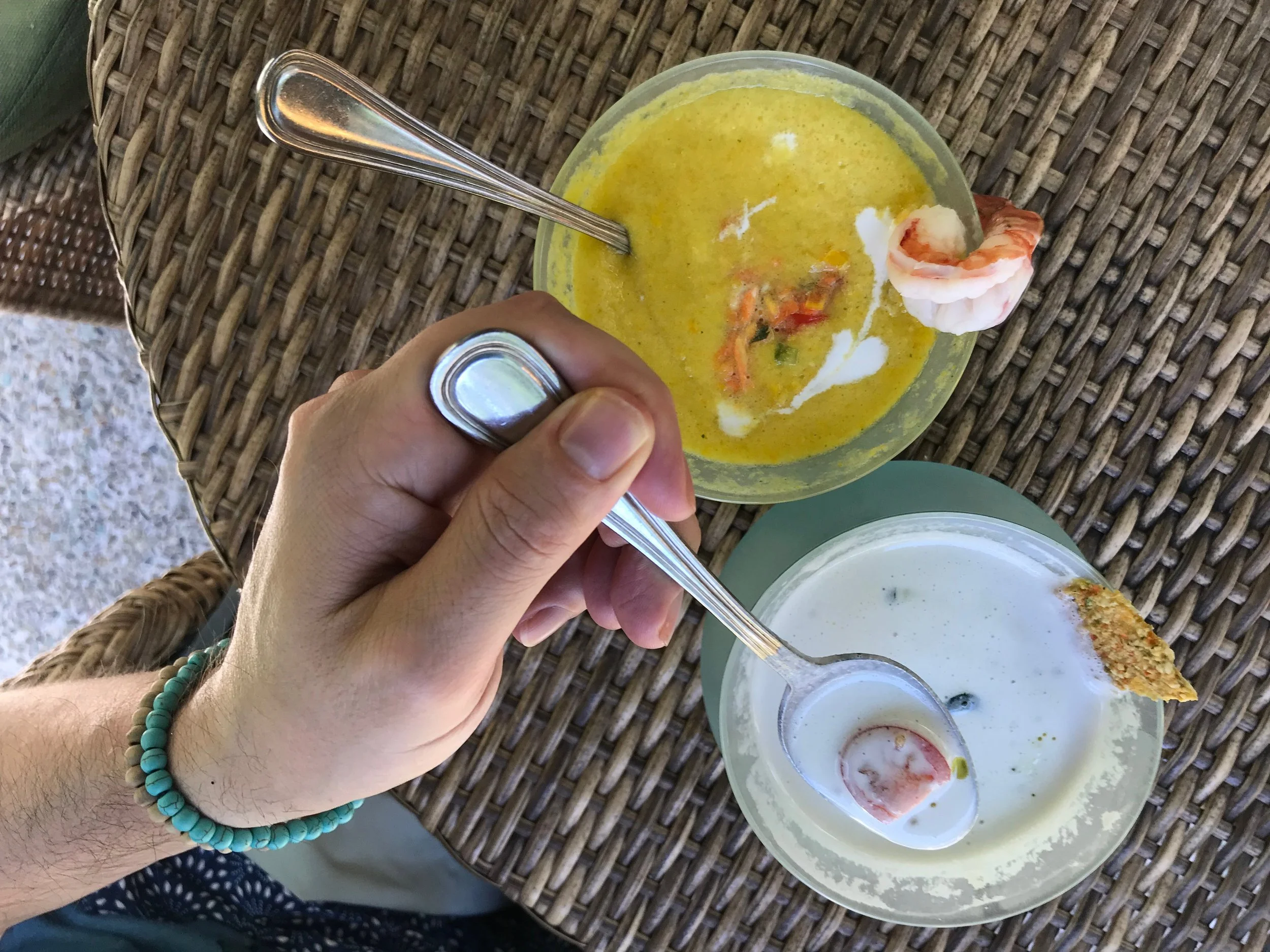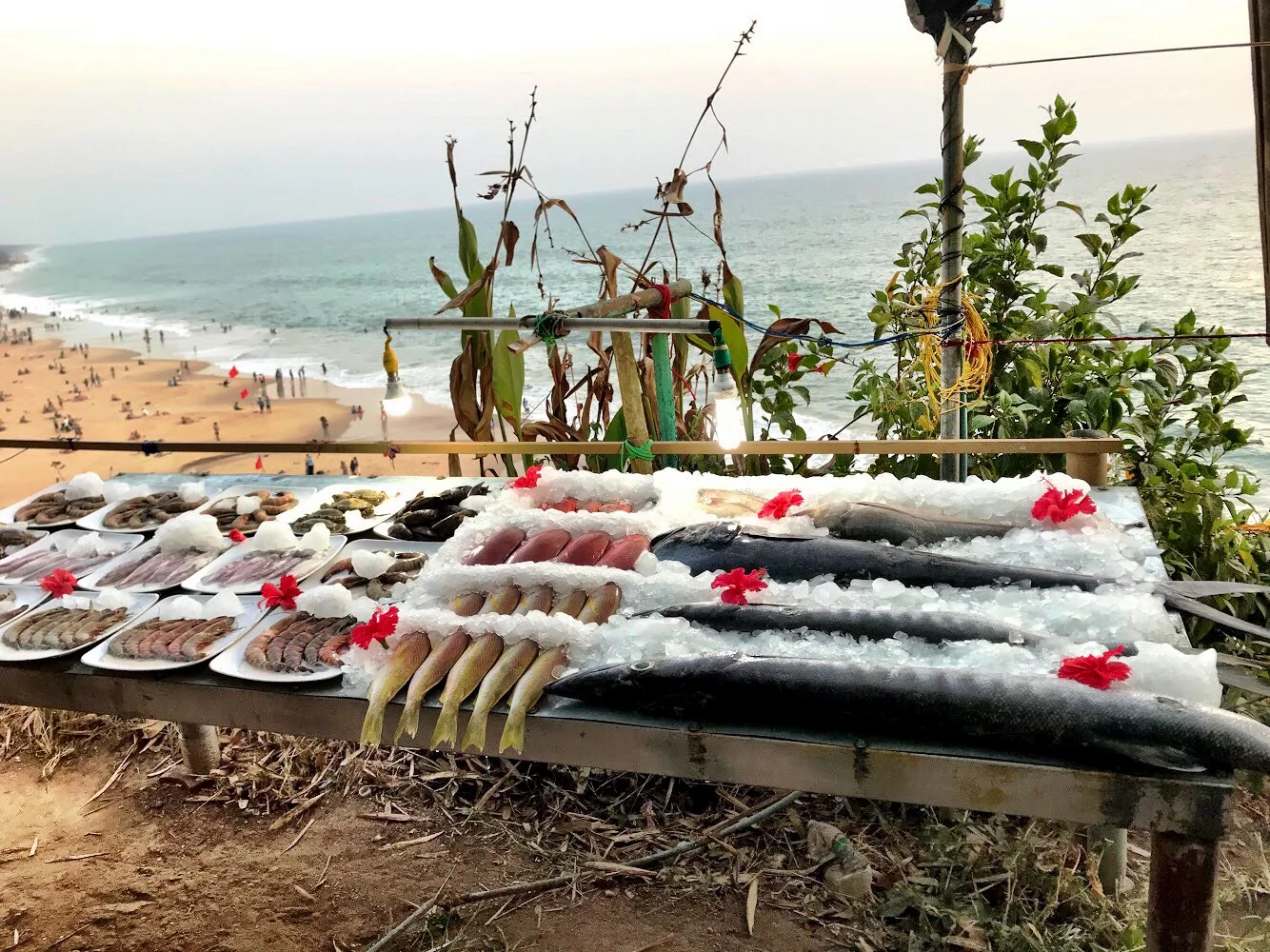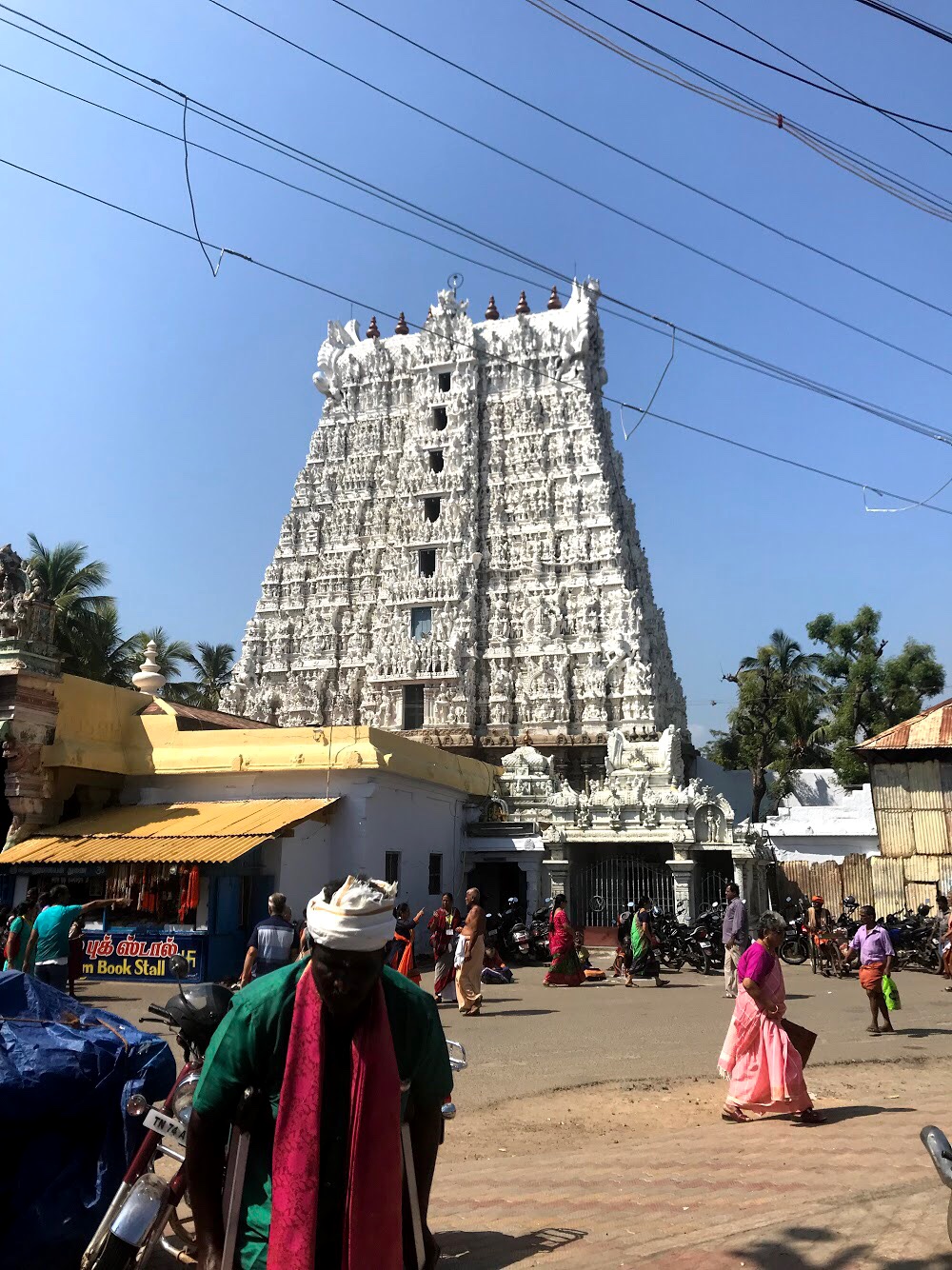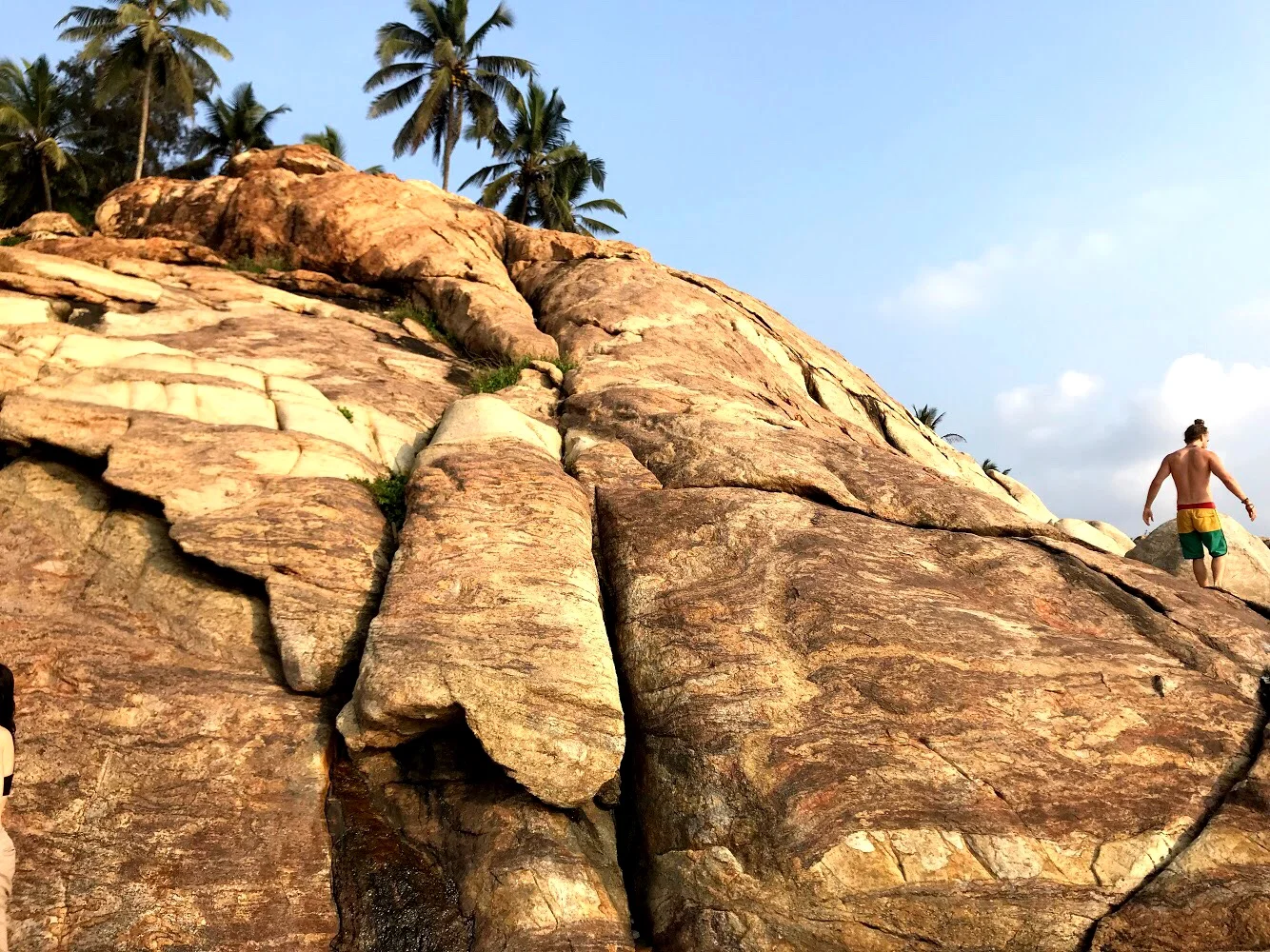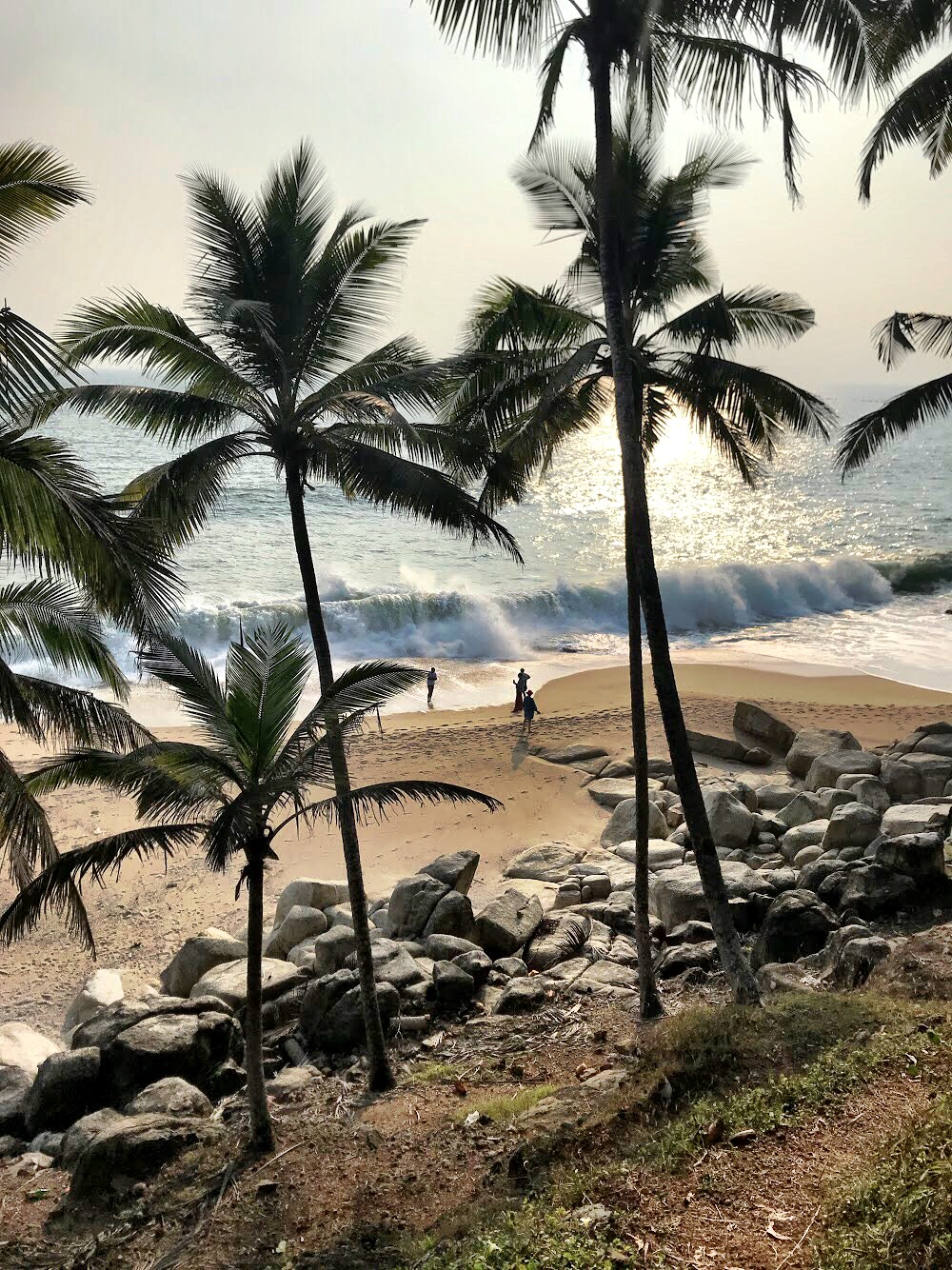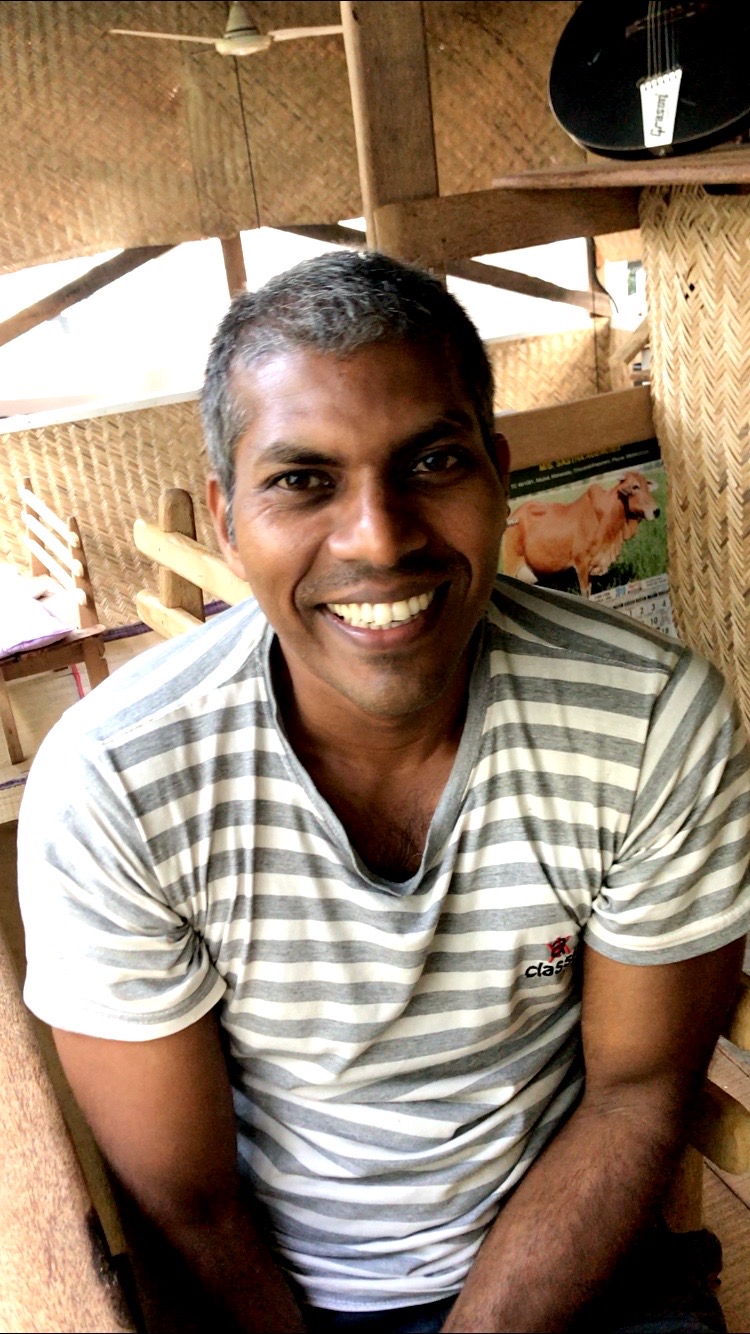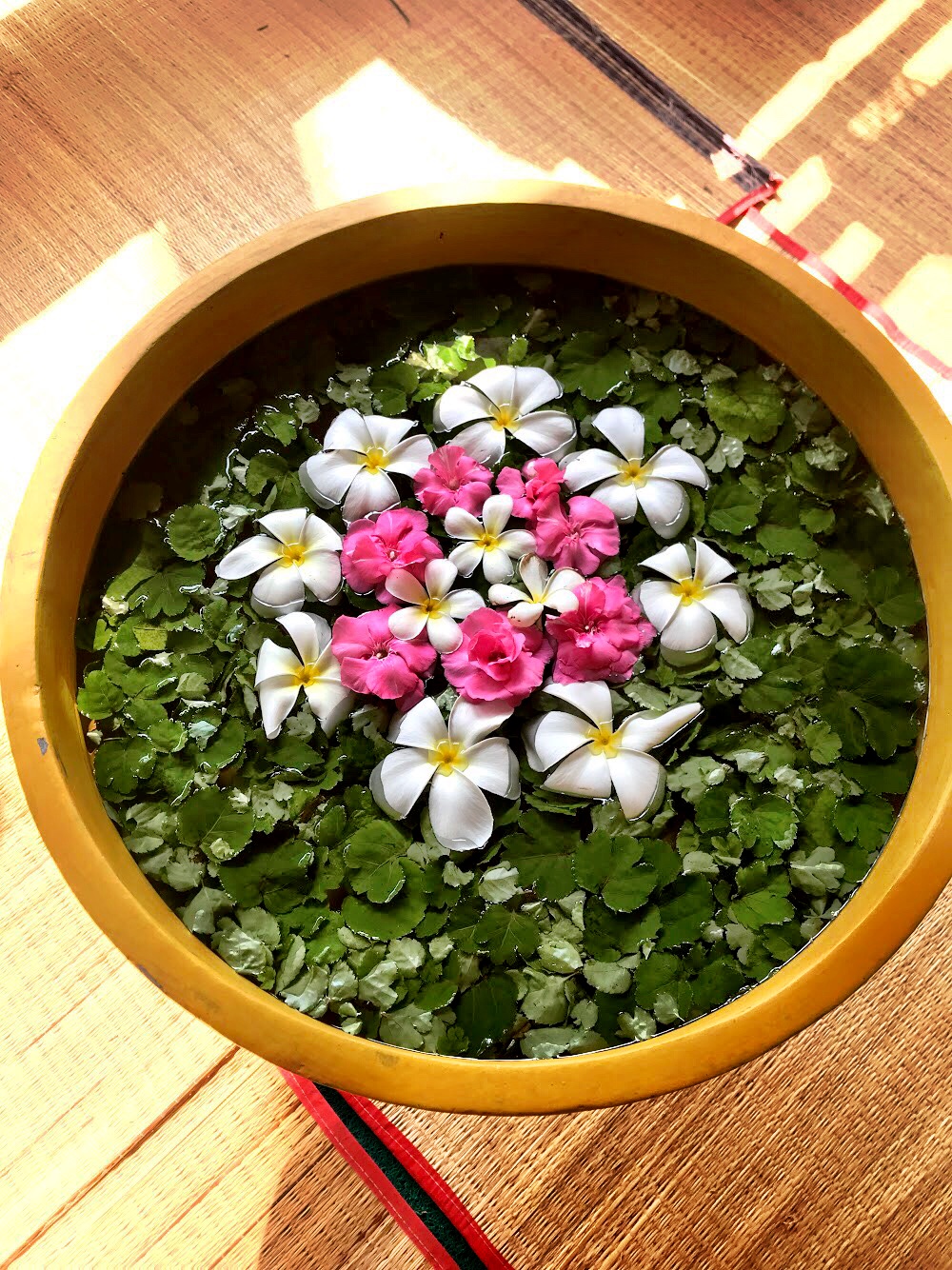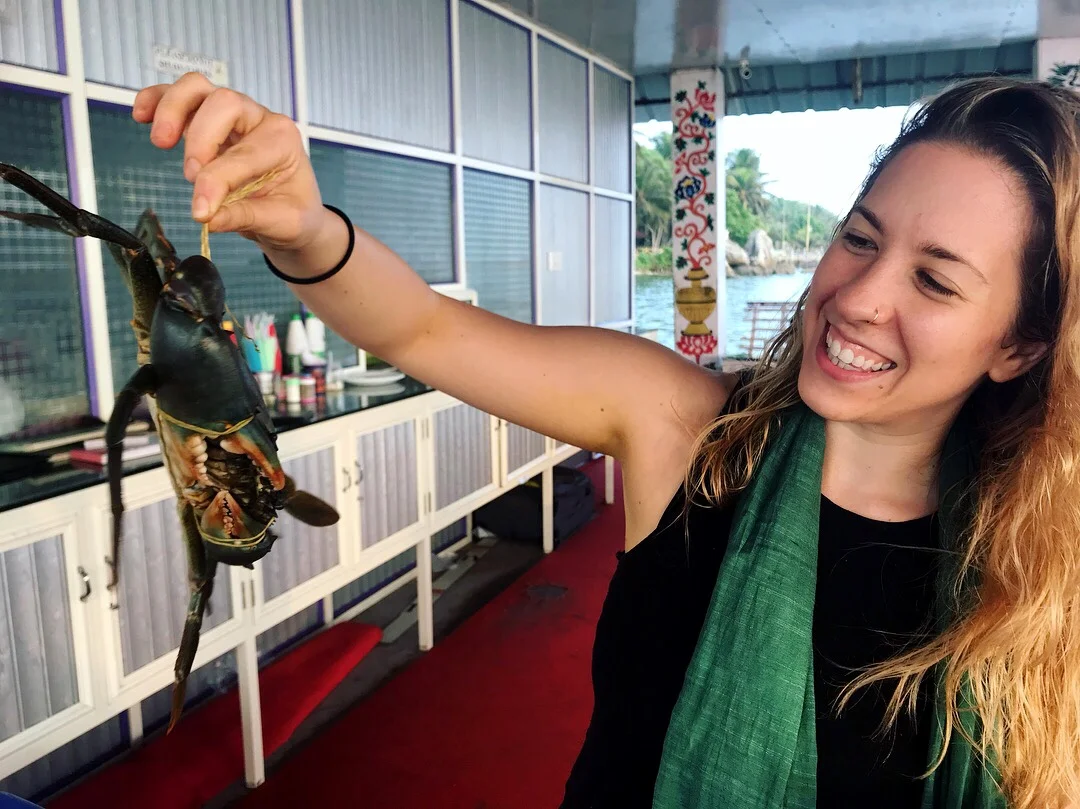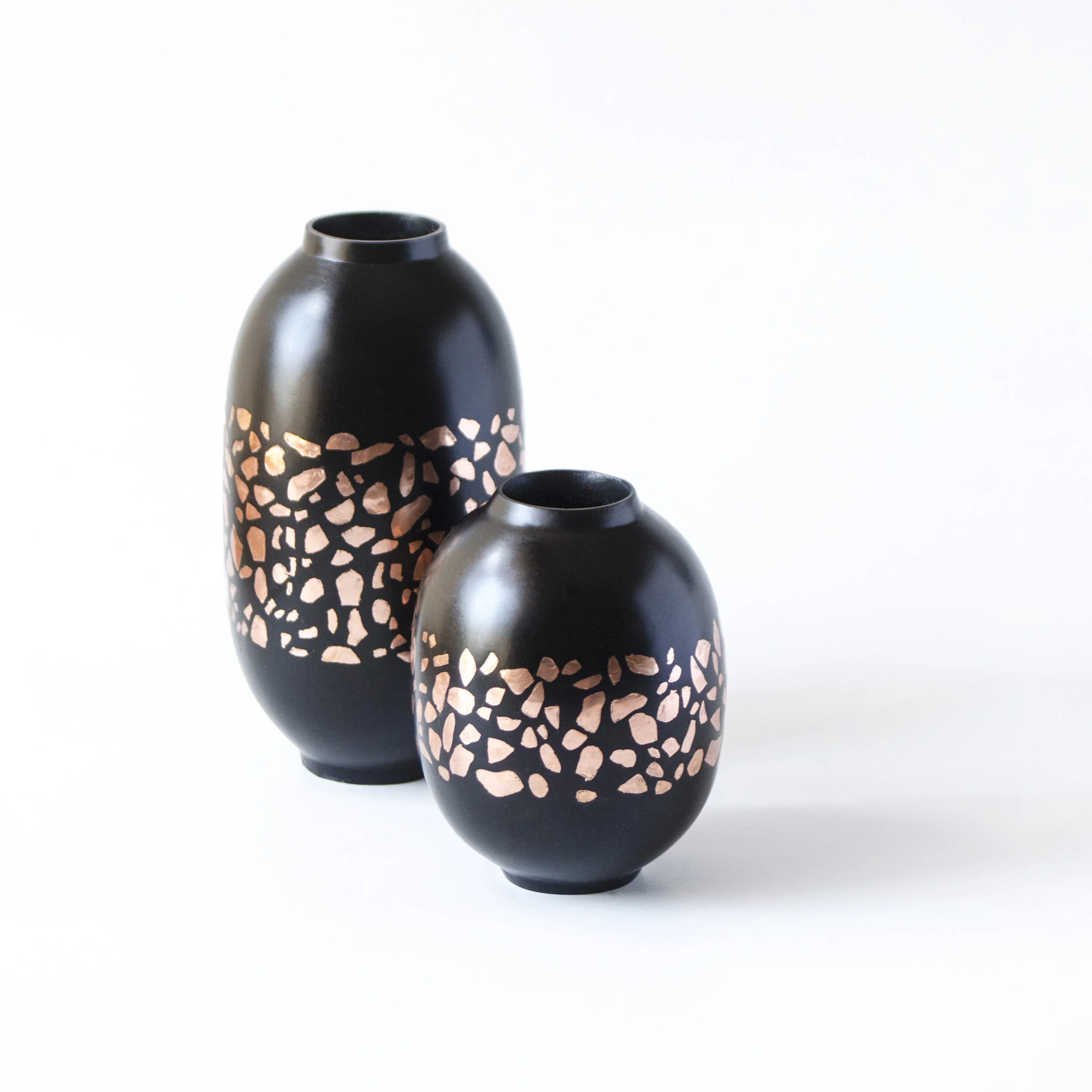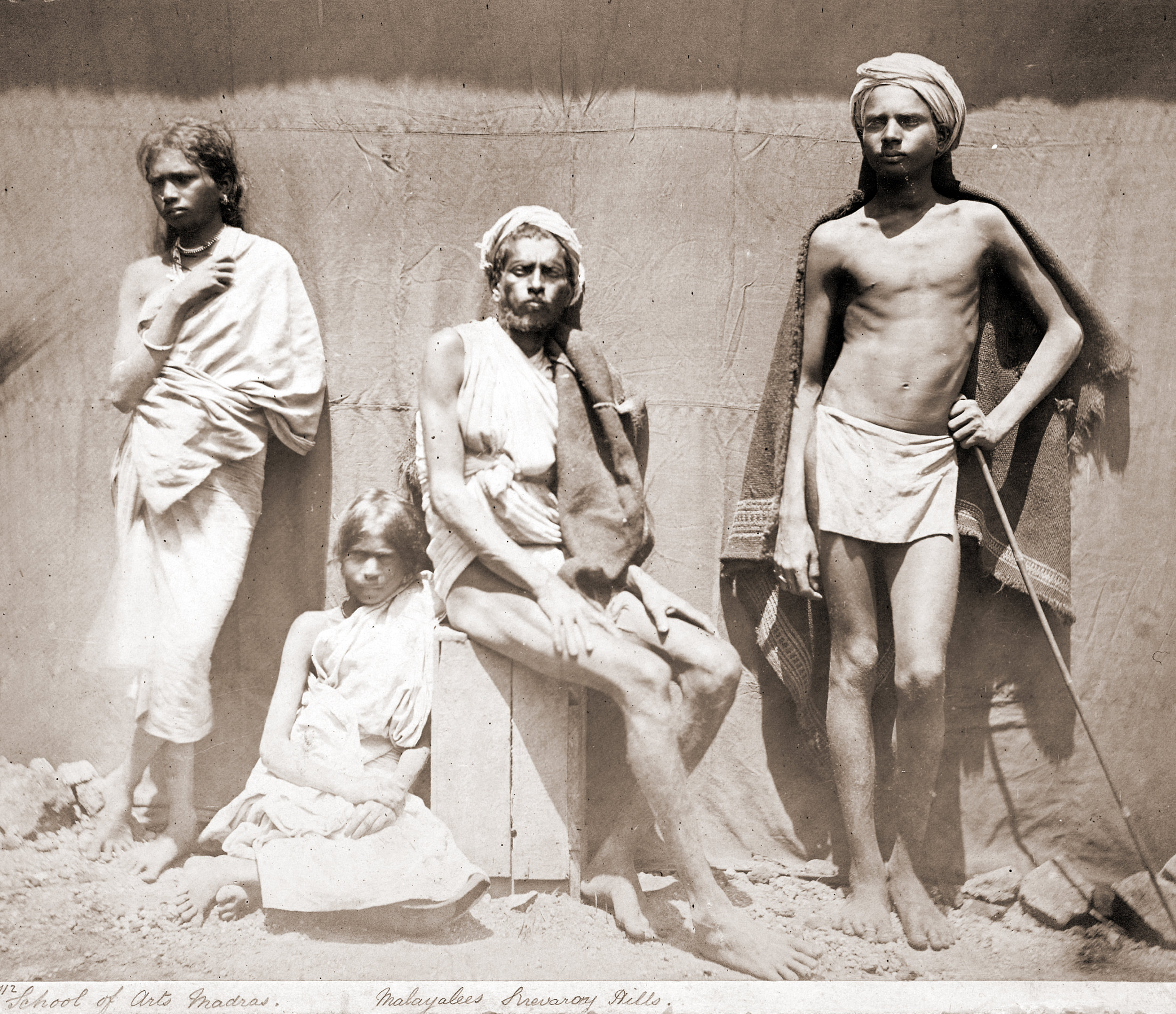Embark on a psilocybin-fueled spirit quest in Spain’s strangest city. But what should you expect? How do shrooms work?
Embark on a journey of self-discovery and healing at a magic mushroom retreat, (perhaps in Spain?), where guided experiences unlock the mind’s potential and foster profound personal growth.
Barcelona isn’t just your typical tourist hotspot with pretty sights and tasty tapas; it’s also an underground capital for those looking to flip their mental scripts with magic mushroom retreats. The city offers a variety of unique experiences, with one of the most transformative being retreats that harness the therapeutic benefits of psilocybin, the active compound in magic mushrooms. These retreats aim to provide a secure and supportive setting for participants to undergo profound personal development journeys.
“Word on the street (and in the hallowed halls of science) is that this mind-bending compound might just be the magic bullet for battling depression, anxiety and PTSD.”
Gaudí’s la Sagrada Família masterwork dominates the Barcelona skyline.
The Trip of a Lifetime
Enter the emerging world of magic mushroom retreats in Barcelona. Think of them as the love child of ancient shamanic rituals and cutting-edge neuroscience. It’s where you can unlock new dimensions of your consciousness with psilocybin. Guided by pros in the comfiest of settings, participants embark on a trip to explore the wilds of their consciousness that’s set up to be as safe as possible.
Psilocybin, a natural compound with psychoactive properties, is found in certain species of mushrooms.
What is psilocybin?
Simply put, it’s the “magic” in magic mushrooms that catapults you into profound psychological adventures.
This naturally occurring compound is found in over 200 mushroom species that have been used for centuries in traditional spiritual and ceremonial practices.
When ingested, psilocybin primarily interacts with serotonin receptors in the brain.
The intensity and nature of your trip can vary greatly depending on the dose, your psychology and the environment.
As more and more scientists study psilocybin, the buzz is hitting a high. Word on the street (and in the hallowed halls of science) is that this mind-bending compound might just be the magic bullet for battling depression, anxiety and PTSD.
Consuming magic mushrooms can lead to vivid and profound changes in perception, emotions and thought patterns, often described as a journey through the depths of your consciousness.
What happens when you shroom?
When you eat magic mushrooms, it’s like your brain turns up the dial on reality to 11, making everything — from the colors around you to your innermost thoughts — more vivid, intense and sometimes downright bizarre.
Here’s a bit of what you might expect:
Technicolor World: The world around you might suddenly seem crisper, more detailed and drenched in colors you never knew existed. It’s like you’re seeing the world in 4K resolution.
Emotional Amplifier: Your emotions could get more intense. A song might move you to tears, or you could find yourself laughing uncontrollably at something that’s not usually funny. It can be a bit of an emotional rollercoaster.
Time Warp: Your perception of time might take a vacation. What feels like hours could be just minutes. Time can seem to slow down, speed up or become completely irrelevant.
Nature Feels: A newfound appreciation for nature is common. Trees might seem to breathe, and patterns in leaves or grass can become fascinating. It’s like Mother Nature is putting on a private show just for you.
The Inner Journey: Shrooms often kickstart a deep dive into your own psyche. You might unearth thoughts and feelings you didn’t know you had, leading to profound insights about yourself and your place in the universe.
Remember, every shroom trip is a unique adventure. Setting, mood and company play huge roles in shaping the experience. That’s why it’s so essential to be in a welcoming and safe environment.
Over 32 million people globally have shroomed before, according to a 2020 survey by Gitnux. That number has surely grown exponentially since then.
Why are shrooms so popular?
The surge in interest around magic mushrooms, spearheaded by “shroom mommies” and similar communities, signifies a seismic shift in how society views psychedelics. No longer relics of a bygone era of counterculture, these substances are being reexamined through the lens of wellness and self-care. This movement is not just about tapping into unexplored realms of the mind but also about challenging and dismantling the longstanding stigmas associated with psychedelic use.
Barcelona’s blend of enchanting landscapes and a culturally rich environment make it a great place for magic mushroom retreat.
Barcelona, Europe’s Version of Wonderland
If there were ever a place meant for shrooming, it’s Barcelona. Thanks in no small part to the curious genius of Antoni Gaudí and the city’s embrace of vibrant Moderisme, Barcelona is whimsy incarnate. It’s the perfect backdrop for a shift in perspective.
Is shrooming safe?
Participant well-being is prioritized at these retreats, with a focus on safety by professional teams who specialize in psychedelic therapy. These experts provide continuous support, creating a secure and therapeutic environment. The retreat experience is enriched by incorporating holistic practices like meditation, yoga and nature immersion, further elevating the transformative journey.
Dive into the depths of consciousness at a magic mushroom retreat, where nature’s wisdom meets transformative healing and awakening.
What are the benefits of a magic mushroom retreat?
Attendees say they come out the other side as someone new. The insights gained and emotional breakthroughs experienced often lead to lasting changes, offering new perspectives on challenges and enhancing theirquality of life in general. It’s a journey of healing, self-discovery and personal growth. Think of it as therapy — but the kind where you might see sound and hear colors.
The trip doesn’t end when you leave Barcelona. Chances are you’ll gain insights and lessons into daily life, taking the first steps on a new path — one that has more joy, peace and a deeper appreciation for life.
Magic mushroom retreats in Barcelona offer a fusion of urban whimsy and spiritual depth, inviting participants to explore their consciousness with the safety of expert guidance.
Shroom to Grow: The transformative power of nature’s most mystical fungi
Magic mushroom retreats in Barcelona are more than just a psychedelic experience; they’re a gateway to personal transformation and healing. Set in one of the most interesting cities in Europe, they provide the opportunity for those to look introspectively and make meaningful changes, guided by ancient wisdom and a supportive community.
There’s a fungus among us — and it’s time to see what it’s all about. –Kate Johnson


